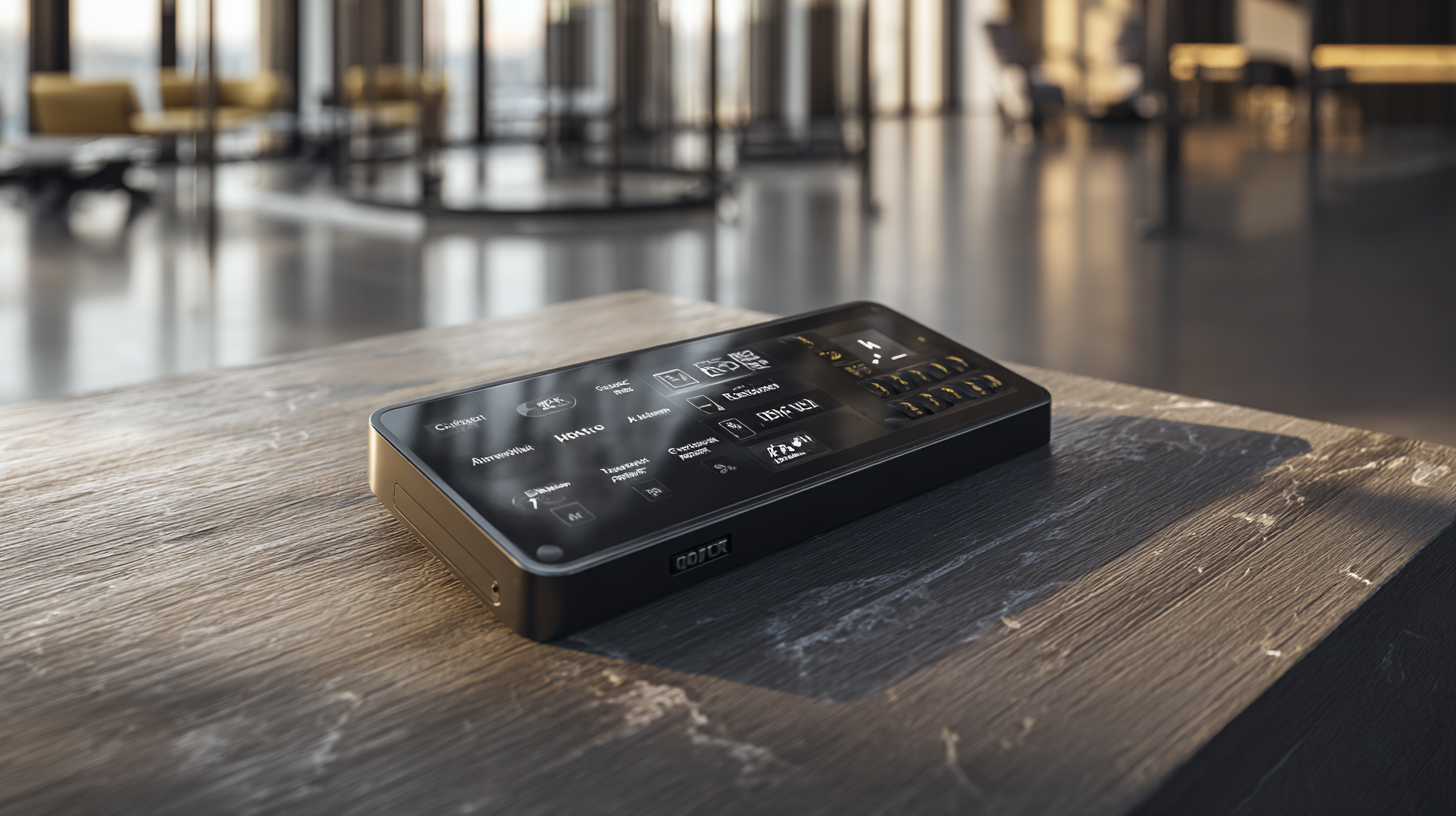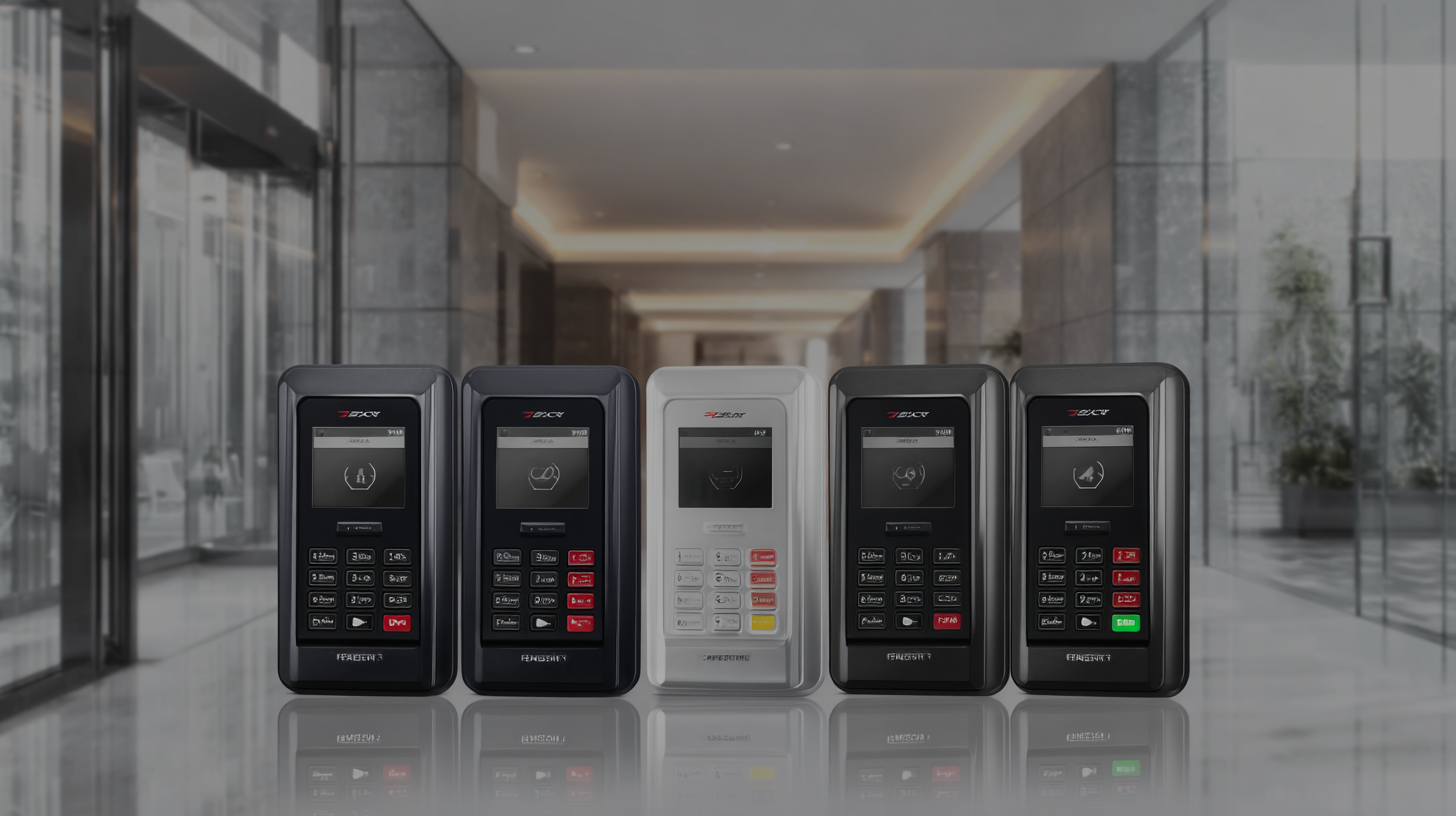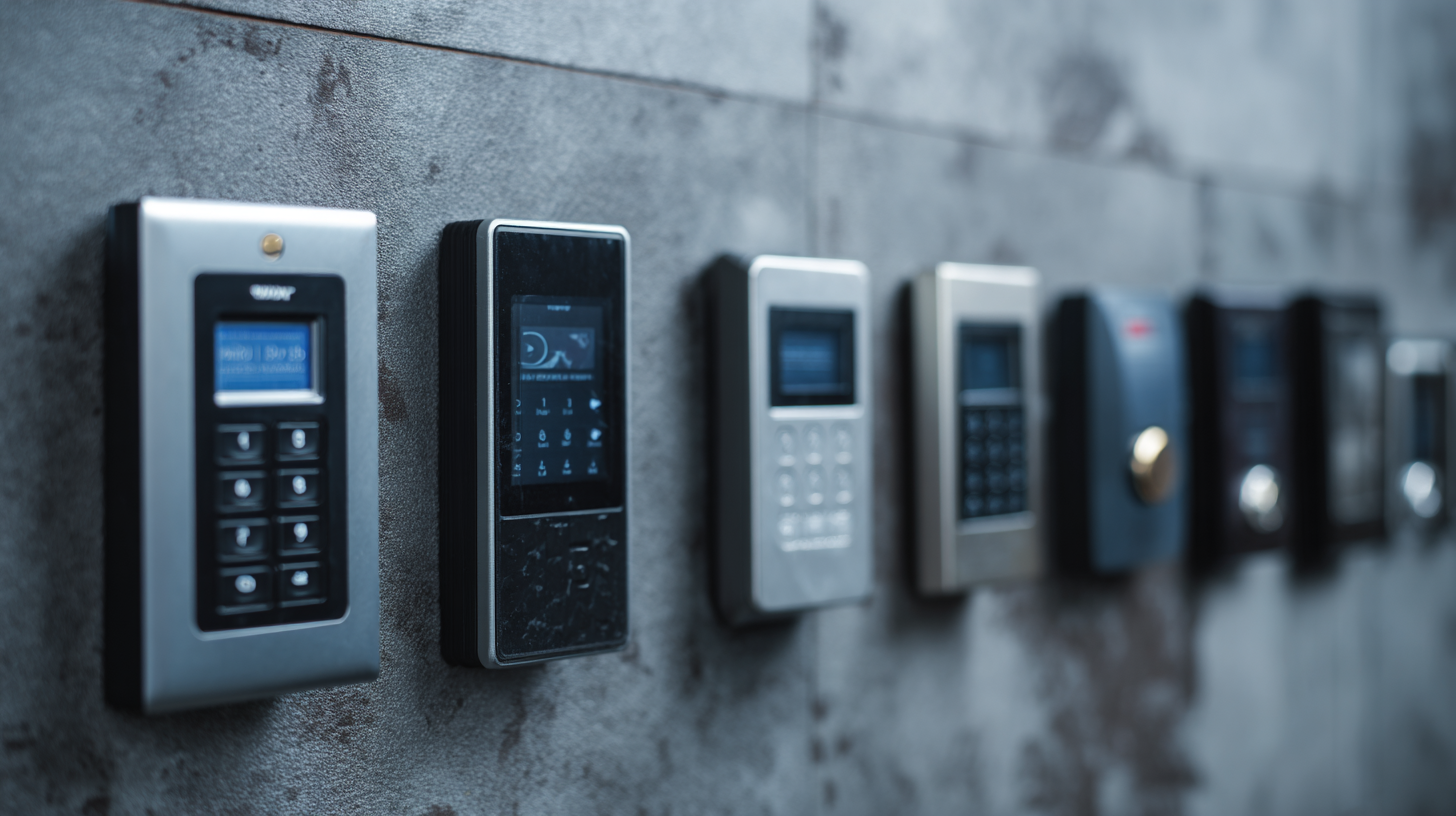Unveiling the Top Access Control Readers for Enhanced Security Features and Performance
In today's rapidly evolving security landscape, the significance of robust access control systems cannot be overstated. As organizations strive to enhance their security measures, the focus increasingly turns to Access Control Readers, which are pivotal in granting or denying entry to restricted areas. These advanced devices not only provide a first line of defense but also integrate seamlessly with various security technologies to offer a comprehensive solution.
This blog aims to unveil the top Access Control Readers available in the market, highlighting their enhanced security features and superior performance capabilities. By understanding the functionalities and advantages of different models, organizations can make informed decisions that bolster their security protocols and protect critical assets effectively.
Join us as we explore the state-of-the-art options that can elevate your access management systems to new heights.
Identifying Reliable Access Control Reader Suppliers: Key Criteria to Consider
When it comes to selecting a reliable access control reader supplier, there are several key criteria that organizations must consider to ensure optimal security and performance. First and foremost, the supplier's track record is crucial. Evaluating their reputation within the industry, customer reviews, and case studies can provide insights into their reliability and the effectiveness of their products. A reputable supplier should demonstrate a history of innovation and responsiveness to emerging security threats.
In addition to reputation, it is essential to assess the range of features offered by the access control readers. Look for advanced functionalities such as biometric authentication, mobile compatibility, and integration capabilities with existing security systems. These features not only enhance security but also increase convenience for users. Furthermore, the supplier's technical support and warranty policies should be taken into account; reliable customer service can significantly impact the long-term performance of the access control system. By carefully considering these factors, organizations can select a supplier that aligns with their security needs and contributes to a robust access control solution.

Industry Standards and Certifications to Look for in Access Control Equipment Suppliers
When selecting access control readers, understanding industry standards and certifications is crucial for ensuring reliability and security. Manufacturers that comply with international standards such as ISO 9001 for quality management and ISO 27001 for information security management demonstrate their commitment to producing high-quality, secure products. Additionally, adherence to UL 294 standards signifies that the equipment meets stringent safety and performance criteria, which helps organizations avoid potential vulnerabilities in their security systems.
Another important aspect is the certifications that signify compliance with electromagnetic compatibility (EMC) regulations and environmental standards. Compliance with CE marking indicates that the products meet health, safety, and environmental protection standards for use within the European Economic Area. Likewise, certifications like RoHS (Restriction of Hazardous Substances) ensure that the access control equipment is safely produced with minimal environmental impact. By prioritizing suppliers with these certifications, businesses can enhance their security infrastructure while aligning with industry best practices for sustainability and safety.
Analyzing Market Trends: The Demand for Enhanced Security Access Control Readers
As security threats evolve, the demand for enhanced access control readers has surged in recent years. Organizations are increasingly recognizing the importance of sophisticated security measures that provide not just protection but also operational efficiency. Advanced technologies, such as biometric identification and mobile access, have become mainstream due to their ability to offer unmatched security features while integrating seamlessly with existing systems.
When considering access control systems, prioritize readers with features that adapt to your organization’s specific needs. For example, multi-factor authentication can significantly increase security, allowing only authorized personnel access to sensitive areas. Additionally, opting for readers that support mobile credentialing can enhance user convenience while maintaining robust security.
Always keep an eye on market trends; solutions incorporating AI and machine learning are becoming pivotal in detecting and responding to unauthorized access attempts in real time. By staying ahead with the latest enhancements in access control technology, organizations can protect their assets more effectively and adapt to an increasingly complex security landscape. Investing in such advanced systems not only boosts security but also streamlines access processes, ultimately contributing to a safer working environment.
Unveiling the Top Access Control Readers for Enhanced Security Features and Performance - Analyzing Market Trends
| Access Control Reader Type |
Security Features |
Performance Metrics |
Market Trend |
| Biometric Readers |
Fingerprint, Facial Recognition |
< 1 second response time |
High Growth |
| Proximity Card Readers |
RFID Technology |
1-2 meters range |
Steady Demand |
| Keypad Readers |
PIN Code Entry |
Quick access, minimal wait |
Consistent Usage |
| Mobile App Readers |
Smartphone Access, Bluetooth |
Instant access with Wi-Fi |
Rapid Adoption |
| Multi-technology Readers |
Supports multiple access methods |
Versatile for different environments |
Growing Popularity |
Evaluating Supplier Performance: Key Metrics and Features of Top Access Control Readers
In the realm of security and access control, evaluating supplier performance is paramount to the effectiveness of any security system. When it comes to access control readers, key metrics such as reliability, integration capabilities, and user interface design play critical roles. According to the "2023 Security Industry Report," 78% of organizations consider reliability as the most crucial factor when selecting access control systems. This statistic underscores the importance of choosing readers that offer consistent performance in various conditions, which can significantly mitigate potential security breaches.
Moreover, integration capabilities are a vital metric to assess, especially as devices become more interconnected. A study from "Access Control Technology Review 2023" indicated that over 60% of users prioritize systems that easily integrate with existing security protocols and infrastructure. This compatibility not only improves operational efficiency but also enhances overall security posture.
User interface design is another feature of high importance; intuitive interfaces lead to lower training costs and higher user adoption rates. In fact, a report by the "Institute for Security Technology" found that systems with user-friendly interfaces saw a 30% reduction in operational errors. Thus, focusing on these key metrics can drive informed decisions in selecting the best access control readers available.

The Future of Access Control Technology: Innovations Shaping the Industry Landscape
The future of access control technology is being shaped by significant innovations that prioritize enhanced security and user experience. According to a report by MarketsandMarkets, the global access control market is projected to grow from $8.2 billion in 2020 to $12.3 billion by 2025, with a CAGR of 8.5%. This growth is largely fueled by advancements in biometrics, mobile credentials, and cloud-based solutions, which are revolutionizing traditional security systems. The implementation of biometric access control readers, which leverage fingerprint, facial recognition, and even iris scanning technologies, is becoming more prevalent in high-security environments, providing not only unmatched precision but also greater user convenience.
Moreover, the adoption of mobile access control solutions has been propelled by the increasing reliance on smartphones in daily life. According to a study by Allied Market Research, the mobile access control market is expected to reach $5.8 billion by 2026, reflecting a CAGR of 14.8%. This trend underscores the shift towards contactless access methods, especially post-pandemic, as organizations seek to reduce physical contact while maintaining robust security protocols. As these technological advancements continue to unfold, stakeholders must remain vigilant and adaptable to ensure their access control systems are not only secure but also aligned with the evolving demands of users.



